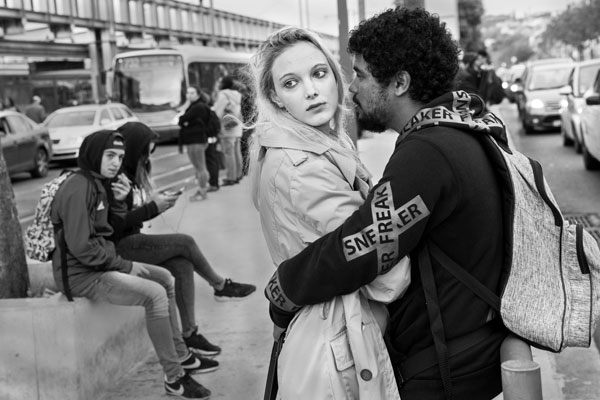See This Report about Framing Streets
See This Report about Framing Streets
Blog Article
What Does Framing Streets Mean?
Table of ContentsFraming Streets for BeginnersThe Ultimate Guide To Framing StreetsThe Facts About Framing Streets RevealedSome Known Facts About Framing Streets.The Greatest Guide To Framing StreetsRumored Buzz on Framing Streets
, usually with the aim of capturing images at a decisive or poignant moment by mindful framing and timing. https://www.twitch.tv/framingstreets1/about.
As a result his boots and legs were well defined, yet he lacks body or head, due to the fact that these were in movement." Charles Ngre, waterseller Charles Ngre. https://framing-streets-44888302.hubspotpagebuilder.com/framingstreets1/framing-streets-capturing-life-through-street-photography was the first digital photographer to obtain the technological elegance needed to register people in activity on the street in Paris in 1851. Digital Photographer John Thomson, a Scotsman working with journalist and social lobbyist Adolphe Smith, released Road Life in London in twelve monthly installments starting in February 1877
Things about Framing Streets
Eugene Atget is considered as a progenitor, not due to the fact that he was the initial of his kind, yet as an outcome of the popularisation in the late 1920s of his document of Parisian roads by Berenice Abbott, who was inspired to undertake a similar paperwork of New York City. [] As the city developed, Atget helped to promote Parisian streets as a worthy topic for digital photography.

The smart Trick of Framing Streets That Nobody is Talking About
The principal Mass-Observationists were anthropologist Tom Harrisson in Bolton and poet Charles Madge in London, and their very first record was generated as the book "May the Twelfth: Mass-Observation Day-Surveys 1937 by over two hundred onlookers" [] Home window cleaner at Kottbusser Tor, Berlin, by Elsa Thiemann c. 1946 The post-war French Humanist School photographers found their topics on the street or in the bistro. In between 1946 and 1957 Le Groupe des XV annually exhibited job of this kind. Andre Kertesz. Circus, Budapest, 19 May 1920 Street photography created the significant content of two exhibitions at the Museum of Modern Art (Mo, MA) in New york city curated by Edward Steichen, 5 French Photographers: Brassai; Cartier-Bresson, Doisneau, Ronis, Izis in 1951 to 1952, and Post-war European Photography in 1953, which exported the idea of road digital photography worldwide.

Framing Streets Can Be Fun For Anyone
, after that an instructor of young kids, connected with Evans in 193839.'s 1958 book,, was significant; raw and usually out of focus, Frank's images examined traditional digital photography of the time, "tested all the formal guidelines laid down by Henri Cartier-Bresson and Walker Evans" and "flew in the face of the wholesome pictorialism and genuine photojournalism of American magazines like LIFE and Time".
Report this page